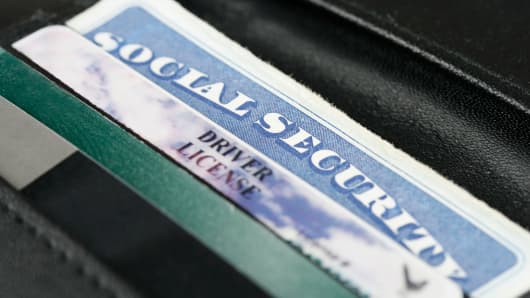Many people dutifully check their credit report for suspicious or unfamiliar activity. When there's no red flags, they sigh in relief.
They shouldn't.
Today such measures can be no better than knocking on wood, thanks to a complex crime known as synthetic-identity fraud.
That's when criminals use a concoction of disparate data — including Social Security numbers, names and addresses — to create a fake identity with "his" or "her" own credit file. With this fictitious person, wrongdoers can take out 10 credit cards or a loan on a brand-new Ferrari.
It's the fastest-growing and hardest-to-detect form of identity theft, according to the U.S. Federal Trade Commission.
Credit reporting agency Equifax said the crime has "become the predominant tactic for fraudsters."
Synthetic fraud balances rose 68 percent between 2015 and 2016, according to TransUnion, another credit reporting agency (though the agency found the growth in the following year slowed.)
"High-tech fraudsters armed with real personal information on good consumers apply with multiple identities for multiple products with multiple lenders within hours or days," said Geoff Miller, head of global fraud and identity solutions for TransUnion, in a statement.

